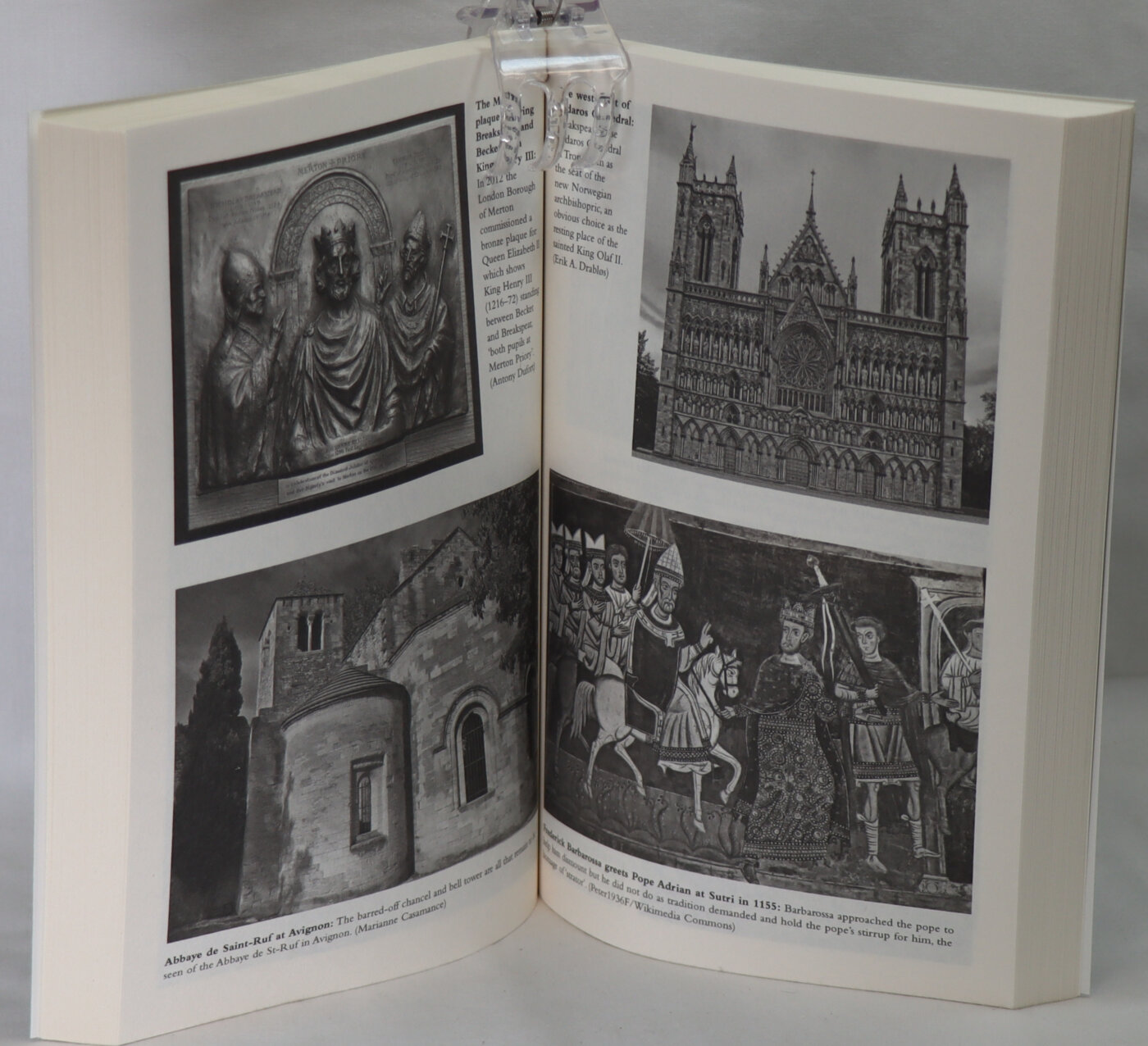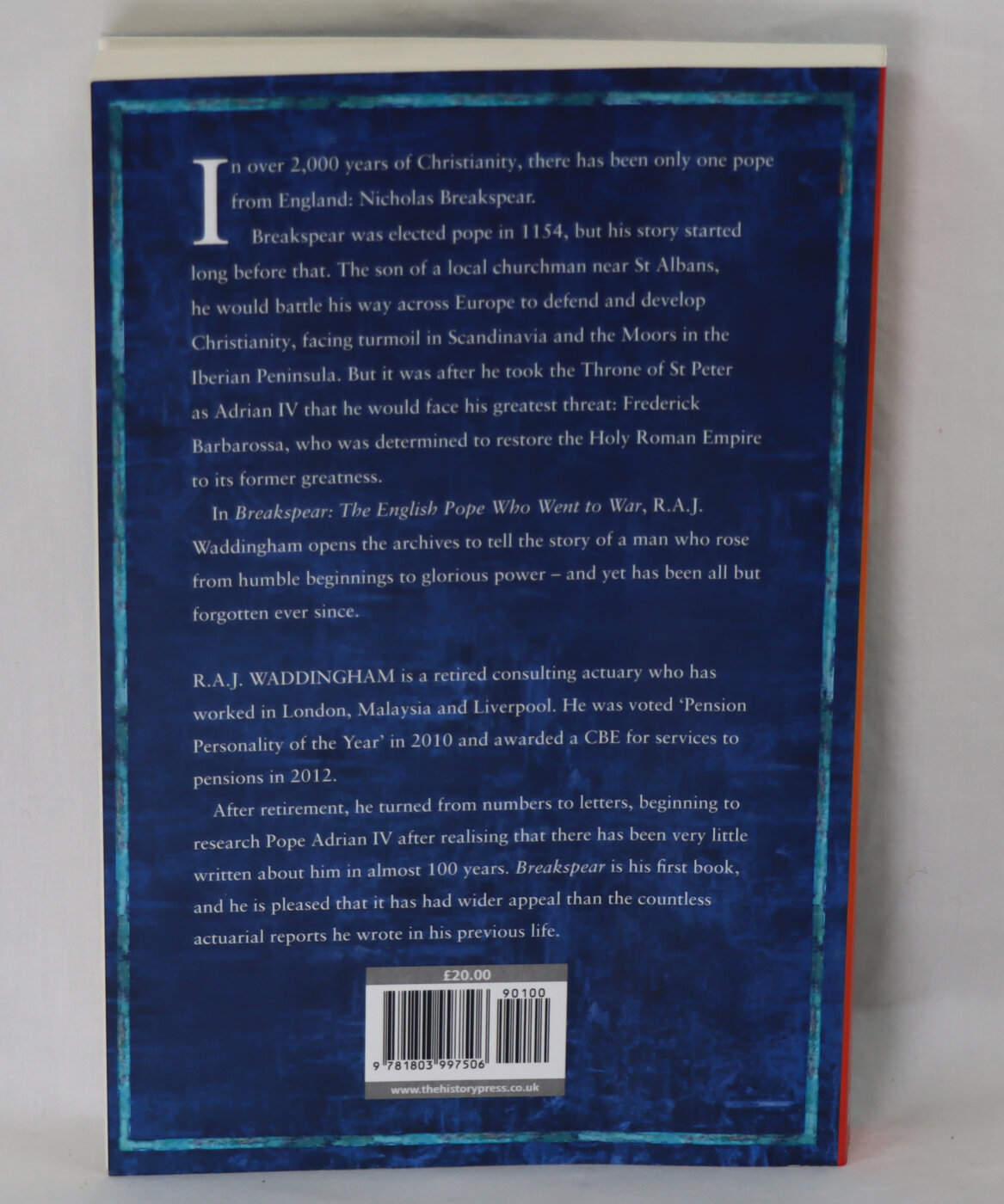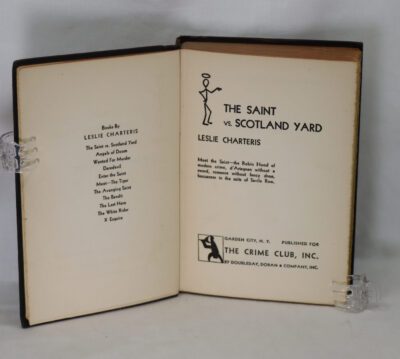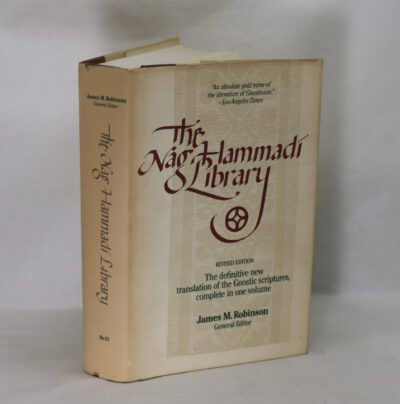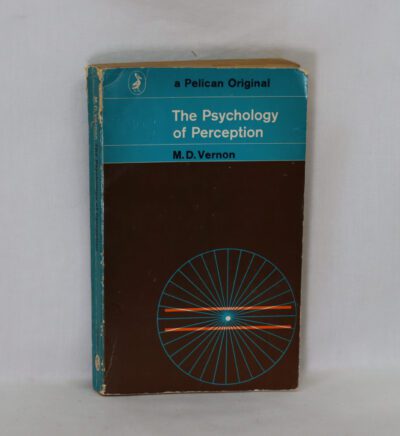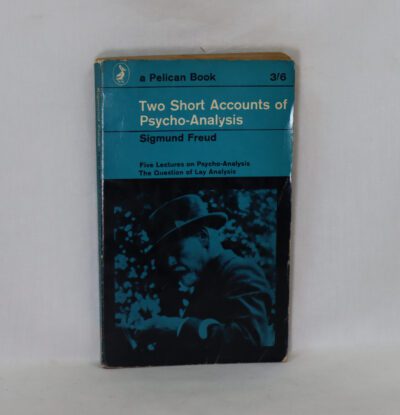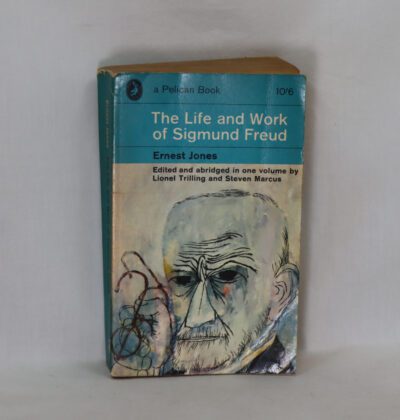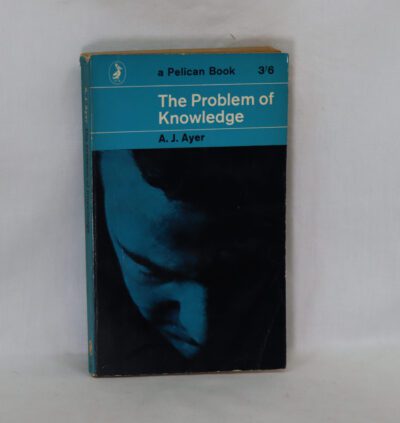Breakspear. The English Pope Who Went To War.
By R A J Waddingham
ISBN: 9781803991412
Printed: 2024
Publisher: The History Press. Cheltenham
| Dimensions | 15 × 23 × 2 cm |
|---|---|
| Language |
Language: English
Size (cminches): 15 x 23 x 2
Condition: As new (See explanation of ratings)
Item information
Description
Paperback. Blue binding with cream title and crusader image on the front board.
- We provide an in-depth photographic presentation of this item to stimulate your feeling and touch. More traditional book descriptions are immediately available
Note: This book carries a £5.00 discount to those that subscribe to the F.B.A. mailing list
‘A highly lucid and readable account.’ – Times Literary Supplement
‘An impressive and absorbing book.’ – Jonathan Phillips, Professor of Crusading History at Royal Holloway
In over 2,000 years of Christianity, there has been only one pope from England: Nicholas Breakspear.
Breakspear was elected pope in 1154, but his story started long before that. The son of a local churchman near St Albans, he would battle his way across Europe to defend and develop Christianity, facing turmoil in Scandinavia and the Moors in the Iberian Peninsula. But it was after he took the Throne of St Peter as Adrian IV that he would face his greatest threat: Frederick Barbarossa, who was determined to restore the Holy Roman Empire to its former greatness.
In Breakspear: The English Pope Who Went to War, R.A.J. Waddingham opens the archives to tell the story of a man who rose from humble beginnings to glorious power – and yet has been all but forgotten ever since.
Pope Adrian IV (Latin: Adrianus IV; born Nicholas Breakspear (or Brekespear); c. 1100 – 1 September 1159, also Hadrian IV) was head of the Catholic Church and ruler of the Papal States from 4 December 1154 to his death in 1159. He is the only Englishman to have been pope.
Adrian was born in Hertfordshire, England, but little is known of his early life. Although he does not appear to have received a great degree of schooling, while still a youth he travelled to the south of France where he was schooled in Arles, studying law. He then travelled to Avignon, where he joined the Abbey of Saint-Ruf [fr]. There he became a canon regular and was eventually appointed abbot. He travelled to Rome several times, where he appears to have caught the attention of Pope Eugene III, and was sent on a mission to Catalonia where the Reconquista was attempting to reclaim land from the Muslim Al-Andalus. Around this time his abbey complained to Eugene that Breakspear was too heavy a disciplinarian, and in order to make use of him as a papal legate as well as to pacify his monks, he was appointed Bishop of Albano some time around 1149.
As bishop, Breakspear was soon sent on another diplomatic mission, this time to Scandinavia. In the middle of a civil war, Breakspear reorganised the Church in Norway and then moved on to Sweden. Here, he was very much acclaimed by the people, and when he left, chroniclers called him a saint. Breakspear returned to Rome in 1154; Eugene’s successor Pope Anastasius IV had died only a few weeks previously. For reasons now unknown, but possibly at his predecessor’s request, Breakspear was elected next pope by the cardinals. He was unable to complete his coronation service, however, because of the parlous state of politics in Rome, which at the time was a den of ‘heresy’ and republicanism. Adrian decisively restored the papal authority there, but his other major policy issue—relations with the newly crowned Holy Roman emperor, Frederick I—started off badly and got progressively worse. Each party, as a result of a particular aggravating incident, found something to condemn the other for. As a result, Adrian entered into an alliance with the Byzantine emperor, Manuel I Komnenos who was keen to reassert his authority in the south of Italy, but was unable to do so due to the Norman kings’ occupation of the region, now under William I of Sicily.
Adrian’s alliance with the Byzantine emperor came to nothing, as William decisively defeated Manuel and forced Adrian to come to terms at the Treaty of Benevento. This alienated Emperor Frederick even more, as he saw it as a repudiation of their existing treaty. Relations soured further when Frederick laid claim to a large swathe of territory in northern Italy. Adrian’s relations with his country of birth, however, seem to have remained generally good. Certainly, he showered St Albans Abbey with privileges, and he appears to have forwarded King Henry II’s policies where he could. Most famously, in 1158 Adrian is supposed to have granted Henry the papal bull Laudabiliter, which is thought to have authorised Henry to invade Ireland. Henry did not do so, however, for another 14 years, and scholars are uncertain whether the bull ever existed.
Following Adrian’s death at Anagni, there was uncertainty as to who would succeed him, with both pro- and anti-imperial cardinals voting for different candidates. Although Pope Alexander III officially took over, the subsequent election of an antipope led to a 22-year-long schism. Scholars have debated Adrian’s pontificate widely. Much of a positive nature—his building programme and reorganisation of papal finances, for example—has been identified, particularly in the context of such a short reign. He was also up against powerful forces out of his control, which, while he never overcame them, he managed effectively.
Want to know more about this item?
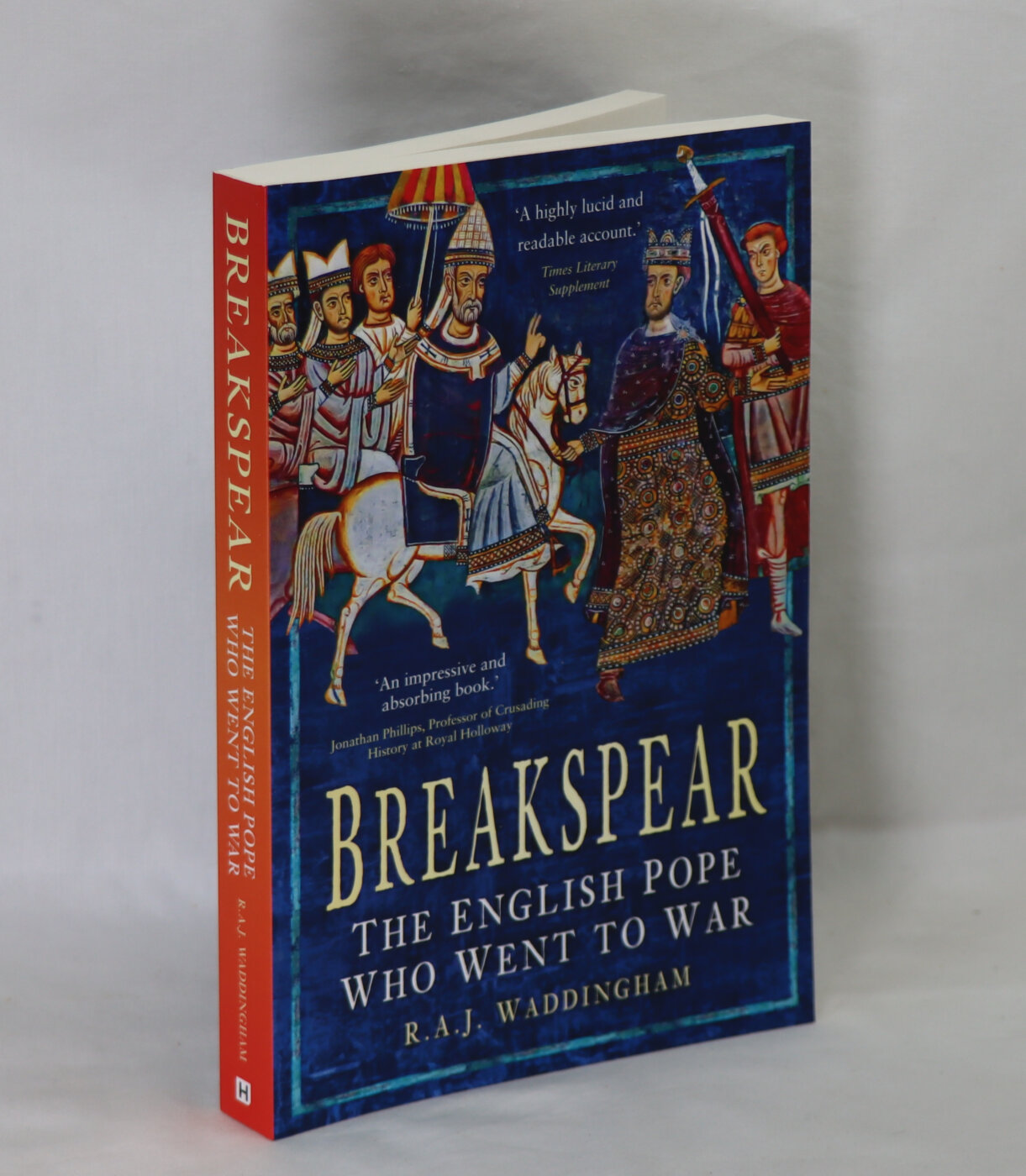
Share this Page with a friend

